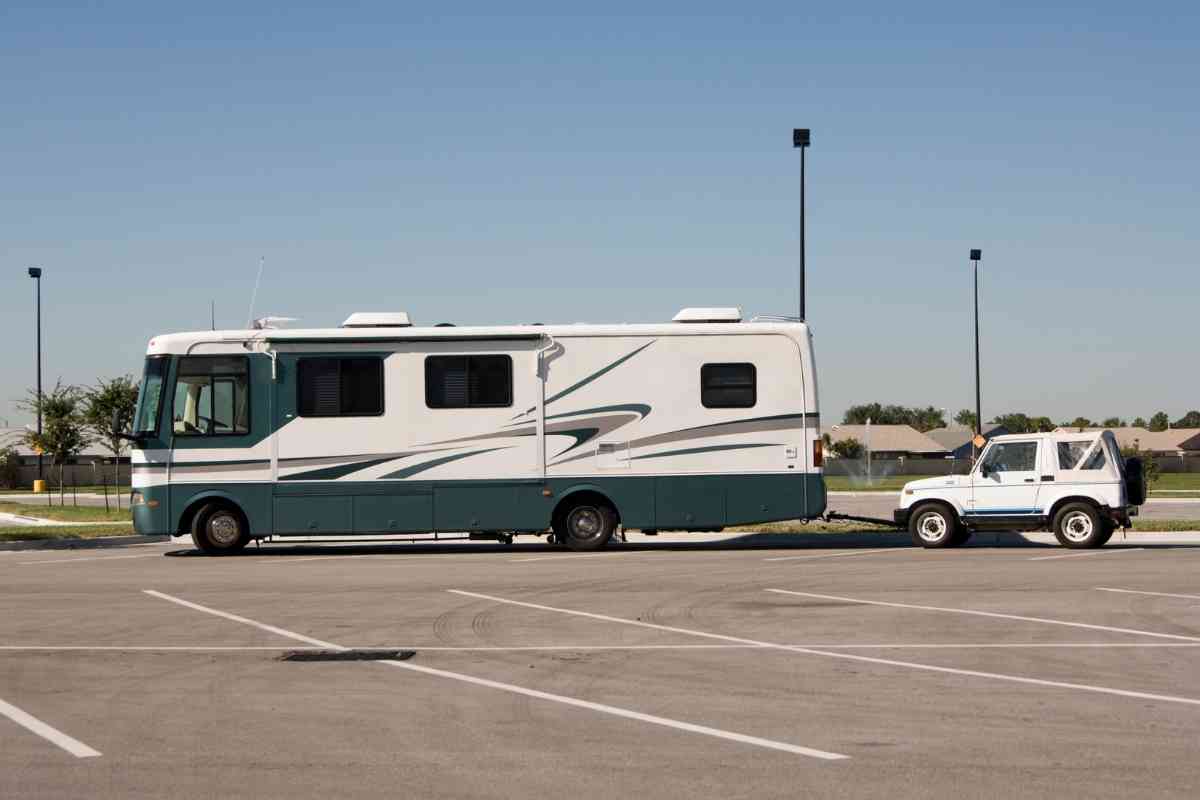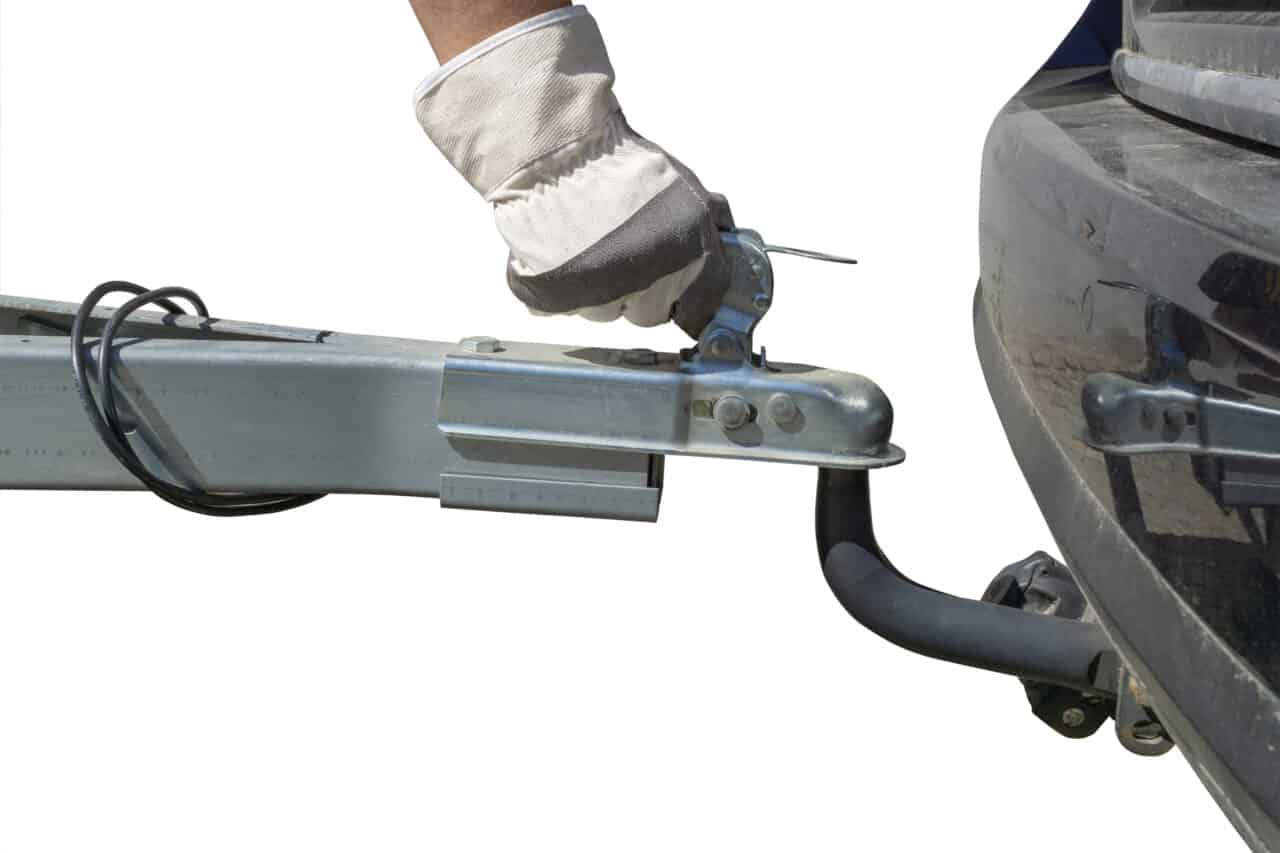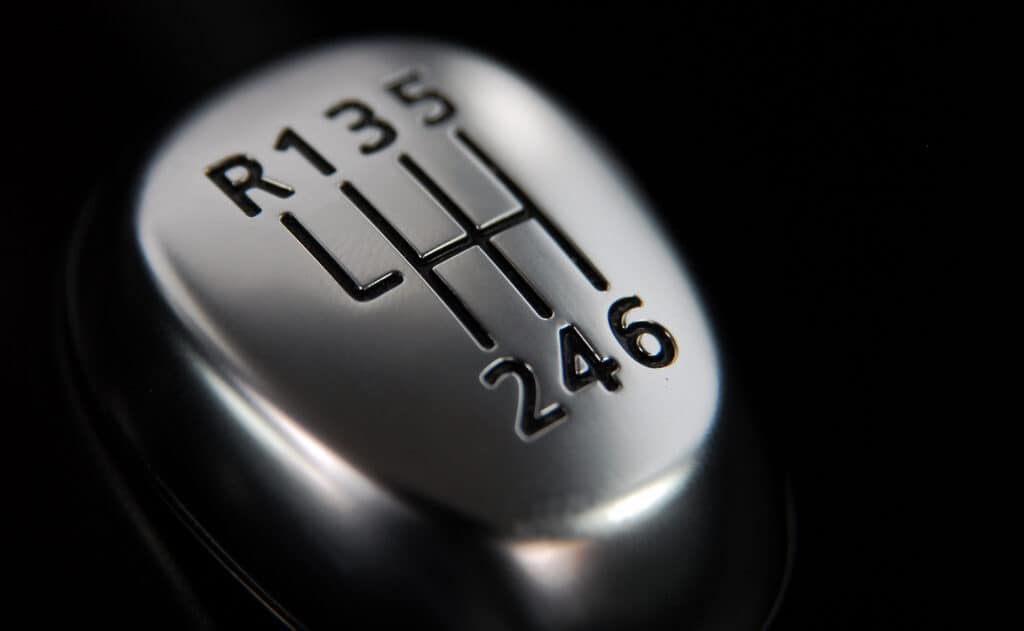Can Toyota Rav4 Be Pulled Behind A Motorhome? (Explained)
The Toyota Rav4 has been around for quite some time, and this alone speaks volumes about this vehicle. Since 1996, this car has been loved so dearly because of its smooth ride, comfortable cabin, tremendous cargo space, and wonderful fuel economy.
Additionally, it has also been known for its good safety record in crash testing and not forgetting its off-roading capabilities. The big question is, can the Toyota Rav4 be towed when all four wheels are on the floor? That is why I sought to find answers, and below were my findings.

Can Toyota Rav4 Be Flat Towed?
Yes, some Toyota RAV4s can be pulled behind a motorhome as long as you buy the correct model with the correct transmission type. Only the manual transmission models from 1996-2000 can be flat-towed behind an RV. Both the automatic and manual models from 2001 can be towed, but from 2002 to 2005 (the last year Rav4s could be flat towed), only 4WD manuals are flat-towable.
Later-generation models from 2006 till now are not rated for flat towing. No Rav4 EV model can be dinghy towed.
The 2020 model, in particular, offers two off-roading models, which are the Dynamic Torque Vectoring All-Wheel Drive and the TRDOff-Road trim, which makes tackling treacherous conditions with ease.
However, it is important to note that for the 2001 models and the 2002 to 2005 models that can be flat towed, you shouldn’t exceed a speed of 55 mph and not tow continuously for more than 200 miles.
Before you even embark on flat towing, there are special accessories and equipment that must be purchased from your motor home manufacturer or service outlet.
Additionally, you should always put the transmission in a neutral position whenever you dinghy tow. This allows the wheels to rotate freely with ease.
It is also important to let the engine run for more than three minutes after you get to the distance limit after you are done towing before you use the vehicle or resume towing.
All these recommendations help to prevent damage to your transmission or the transfer components.

Car Manufacturer Toyota makes many off-road vehicles, including the Rav4 that would seem ideal for flat towing. They might seem excellent when they are blazing through the adventure trails you take them through but don’t automatically qualify them for flat towing.
In fact, as surprising as it may seem, most automatic transmission automobiles from Toyota are not rated for dinghy towing.
The main reason for this is the lubrication of the transmission. Some of Toyota’s vehicles need some continuous lubrication of the transmission through a pump to keep the moving parts lubricated.
To keep the lubrication pump running, the engine must be running to prevent severe damage to the transmission, beating the whole point of flat towing if the engine is on.
So, What’s Flat-Towing?
In case you didn’t know, there are different kinds of towing out there, so let’s discuss the varieties in-depth for a moment, looking first at that flat-tow in question.
Types of Towing:
- Flat-Tow
- Dolly (Roadmaster)
- Wheel-Lift
- Flatbed (no extra parts)
Further details on the tows:
Flat-Tow

Also known as “4 Wheel Down”, (because all four wheels are flat on the ground through the duration of the tow), Flat-Towing is usually the most popular kind of tow because of its inexpensive and user-friendly nature. It’s also the lightest option, not having too many heavy parts to it.
Most people like this kind of tow because it’s easy to use, but it does require assembly and disassembly so it’s a bit time-consuming and involves making lots of adjustments to the pieces that vary depending on the car being towed.
Dolly
Unlike the 4 Wheel Down/Flat-Tow, the Dolly method only necessitates two wheels on the ground, on a tow ramp. Depending on the car size and make, the Dolly kind of tow can be dangerous, specifically for cars that are already in questionable shape.
But, if you have a RAV4, the Dolly method isn’t too bad a choice. Most who have ever used a Dolly to move their RAV have used a particular brand, the Roadmaster Tow Dolly, and swear by the thing because of its easy transport and “one size fits all” character.
Wheel-Lift
Similar to the Dolly tow, the Wheel-Lift only picks two tires up off the ground. Where the Wheel-Lift and the Dolly differ though is in the placement of the tow and the mechanics. A Wheel-Lift tow is an electric, hydraulic machine, used to lift a car off the road by the wheels, with the help of machine power.
*This tow is usually attached to the back wheels of the car (to the rear tires).

Flatbed
Flatbed towing is the safest option (great), but not always the cheapest option (not so great). Essentially, Flatbed Towing is exactly as it sounds, a sturdy surface lowered to load a car into its flatbed, where the said car is towed to whatever destination.
This method of towing doesn’t require any extra parts or assembly, but because this tow adds a bit more weight to the towing vehicle, the gas money may increase (asking for more gas to stop and go because of the heavy load). So, if you’re really worried about nicks and scratches, the Flatbed Tow is the safest option by far.
Can I Upgrade My Rav4 So I Can Flat Tow It?
Yes, there are some aftermarket add-ons available for the Rav4 to allow it to be flat towed. Devices such as transmission lubricating pumps and driveshaft decouplers can be added to automatic transmissions for you to pull them on all fours.
It is important to note that these devices are somewhat complicated to install and even maintain and sometimes be very expensive.
Installing these devices might void your warranty or have a negative impact on the extended service plan that you might have bought.
If these components are not installed correctly, damage can be caused to the drivetrain or even the engine. It is advisable to get a factory-ready flat towable Rav4 to be safe.
Your RAV4 From Head to Tow
Knowing what we now know about tows, in all their forms, why can’t RAV4’s be Flat-Towed?
Here’s why:
RAV4’s, like most other Toyota makes and models, are CVTs.
*(CVT stands for continuously variable transmissions, which is common in most modern cars, having automatic shifting instead of manual. No more having someone shift through gears by hand).
Because RAV4’s have CVTs if the car’s wheels are rolling on the ground without the engine on, the driveshaft doesn’t get proper lubrication and the poor thing gets mighty confused. With all four wheels on the ground, it thinks it’s driving and needs to shift gears but because it’s not getting the right amount of liquids to keep it running smoothly (due to the engine being off), the car’s running on fumes.
And this course of action can seriously damage your transmission. So, really flat-towing is not the way to go or any kind of towing with all four wheels touching/rolling on the ground.

What Do I Need To Flat Tow My Rav4?
A flat towing kit is a set of hardware components that you will need to flat tow your vehicle. Buying the components as a kit will ensure that they integrate with ease and work together beautifully. Additionally, you can be sure that you will tow legally and safely as all the components are included.
There are a total of five components that you need to tow a vehicle.
First, there is the base plate. The base plate’s function is to distribute the forces evenly when pressure is exerted on the tow bar. It is usually attached to the vehicle you want to tow and is typically a tailor-fit for attachment ease.
Next, there is a tow bar. This is the link that secures the two vehicles together. It usually comes in two arms that go into attachment points on the baseplate that was already installed.
Most tow bars need an adapter and quick disconnects to make the base plate and tow bar compatible.
An excellent option to buy is the RoadMaster Tracker Tow Bar that was explicitly designed for use over long distances, and its quick attachments enable it to be used more frequently. It is also rated for towing speeds of 45 miles per hour.
The third item is the safety cables. For your flat tow set up to remain legal, you definitely need a set of these. Safety cables act as a failsafe link between the two vehicles in case the tow bar is detached when towing or breaks.
It is mandatory to use this component in many regions for obvious safety reasons, and failure to so will land you in trouble.
A good recommendation is the RoadMaster 68 Inch Single Hook, Coiled Safety Cables rated for a towing capacity of 6000 pounds, which is more than enough to secure your Rav4.
The fourth part is the lighting. A good set of taillights is fundamental to making the towed vehicle safe and visible to other drivers, especially when you are braking.
There are different ways of adding lighting to your Rav4, and they are dependent on how often you intend on going to flat tow. I would recommend a diode kit if you frequently dinghy tow your vehicle or a magnetic towing light kit for infrequent towing.
Finally, the last component is a supplemental braking system that works hand in hand with the braking system of the car that is being towed.
This braking system helps make the towing process as smooth as possible by equaling both vehicles’ braking forces. It works by attaching the component to the brake pedal of the towed vehicle and syncing the motorhome braking through wiring.
Currently, most regions require this component to be used in every flat towing set up as part of the law. I would recommend the RoadMaster Even Brake Portable Proportional braking system that is very easy to install on your Rav4.
This particular set up helps reduce wear and tear on the motorhome brakes and the vehicle you are towing through proportionate braking.

How Can I Tow My Rav4?
Besides flat towing, you can tow a Rav4 using tow dollies, which elevate the front wheels of the vehicle that is being towed. Tow dollies can only be used on Rav4 models that only use two-wheel drive systems. All-wheel drive system models cannot be dolly pulled because the transmission will be engaged during towing, severely damaging its components.
Elevation of the front wheels prevents this as the rear wheels rotate freely without engaging the transmission.
When using tow dollies, the first step is ensuring that the dolly and the hitch ball are set at the same height.
Next is securing the hitch ball to the coupler and connecting the safety chains between the hitch and the dolly. It is good practice to crisscross them under the tongue to maximize effectiveness if the tow dolly gets detached.
The next step involved connecting the lights and the brakes through the cabling wires.
Once you check if the weights are within limits, you can proceed and find a nice level ground where you can load your vehicle.
First, you need to unlock the ramps you will drive up to, drive up the ramps, ensure that the wheels are centered nicely, and then park your vehicle. You put the transmission into the park position for automatic vehicles while you put it into first gear for manuals.
Next, you have to lock the steering wheel into a straight position as you temporarily apply the parking brake. If it doesn’t lock, you must manually immobilize it to ensure that it stays in that position.
The next step involves using the right size tire straps and wrapping them around the tires. Tightening the traps correctly and locking the ratchet is very important.
Finally, you have to attach safety chains between the dolly and the towed vehicle, release the parking brake, step out the vehicle, lock it, and you are ready to tow.
Flat-Towable Vehicles

That all being said, there are some RAV/Toyota vehicles that can be Flat-Towed (if need be).
The Flat-Towable Vehicles:
- Toyota Corolla
- Toyota Yaris
There are a few other vehicles mentioned on various websites, known to be able to handle the heat of a Flat-Tow (like the Toyota 4Runner, Toyota Land Cruiser, and the Toyota Tacoma), but there were mixed reviews from previous consumers and car enthusiasts.
So, we’ll stick with the two Toyota’s that are 100% agreed upon as the Flat-Tow-Able vehicles: the Corolla, and the Yaris. What these two cars have in common, as well as the others listed in parenthesis, is the fact that these Toyota’s are all manual cars, with manual transmissions.
Because the manual makes are not used to shifting gears automatically, the driveshaft doesn’t lose any lubrication and everything is as normal. No running on fumes, no damage to the transmission. Though this is the case, most will suggest that if you flat-tow a manual vehicle, it’s best to start the car at rest/fuel stops or at the end of towing, leaving it to idle for a good thirty minutes.
Having the engine on will allow for the lubrication in the shaft to continue, causing the car to run smoothly as before the tow. This technique can’t be used on automatic cars because where the lubrication is needed in the driveshaft on an automatic, the lubrication for manuals is needed in the input shaft which spins the cluster.
When the engine isn’t on, the input shaft doesn’t spin, and that allows for safe towing without worrying about the car trying to spin on its own, (manuals are used to doing nothing without a driver’s say).
Towing A Rav4
Most Toyota vehicles, including the Rav4, aren’t particularly rated for flat towing, but there are indeed a few from previous generations that can be used for flat towing.
However, this should not stop you from owning this wonderful machine as there are other towing methods that you could use to take this vehicle on your next adventure.

Rats